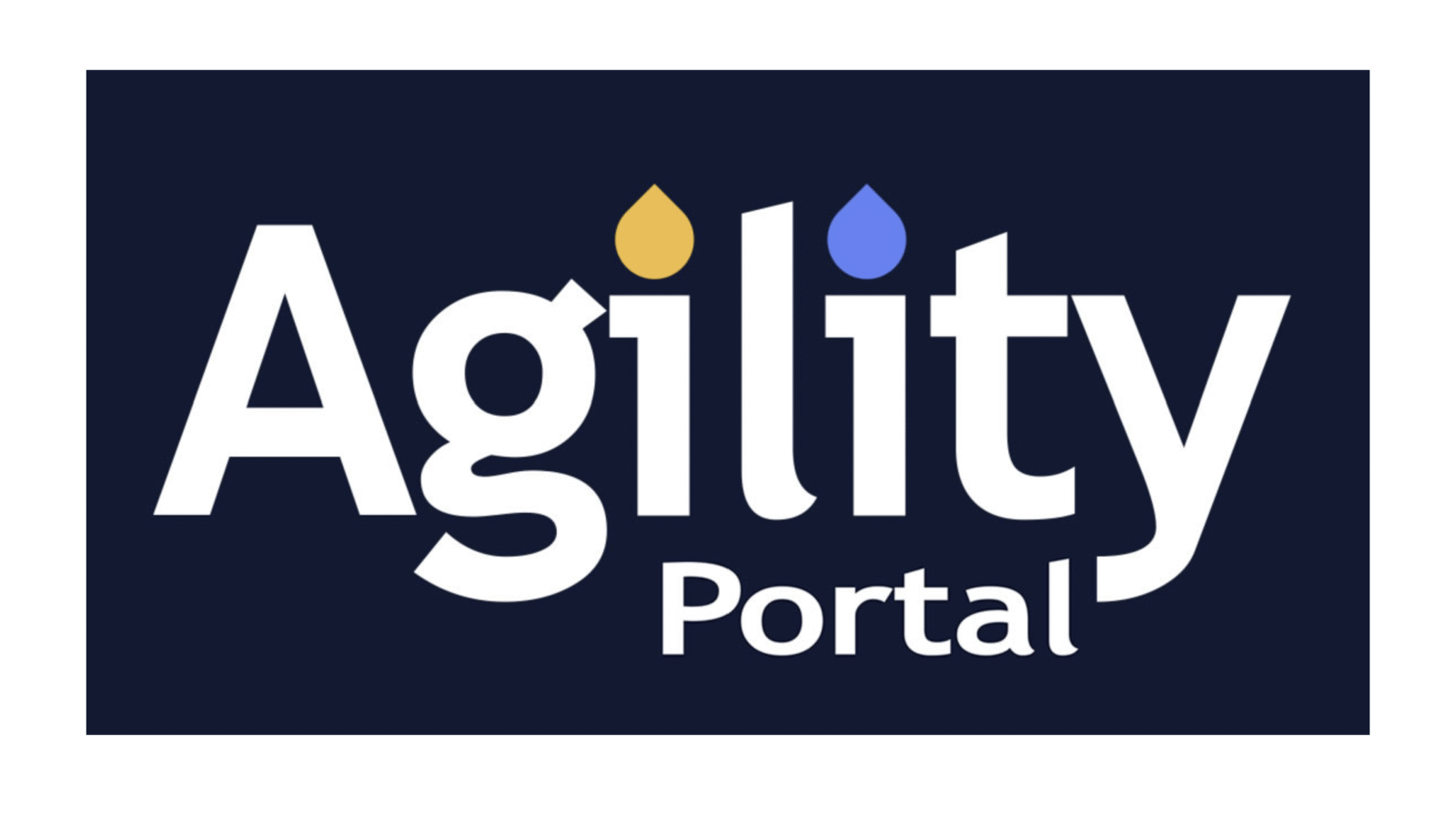In 2026, the startup battlefield is digital — and brutal. Venture capital is cautious, markets are saturated, and every minute of inefficiency can cost thousands. Yet, remarkably, most founders are still running their startups with the same tools they used in 2016: email and Slack.
It’s a familiar setup — inboxes overflowing, endless message threads, documents lost in a digital labyrinth of apps. But here’s the harsh truth: this communication chaos is costing startups millions in lost productivity, missed opportunities, and burnout.
What was once “good enough” for a five-person team is now the seven-figure mistake that can quietly kill a scaling business.
The modern startup doesn’t just need communication — it needs connection, context, and clarity. That’s where intranet technology, once reserved for enterprises, is now transforming the agility of small businesses and scaling teams.
Email & Slack: Great Tools, Wrong Era
Slack was revolutionary when it arrived. It flattened communication hierarchies, accelerated feedback, and helped remote teams feel connected. Email, for decades, was the corporate bloodstream of modern business.
But the workplace has evolved — and these tools haven’t kept up.
Here’s what’s happening in real-time:
-
Email is overrun by noise, not knowledge.
-
Slack is great for chatter but terrible for structure.
-
Files and data are scattered across drives, apps, and personal folders.
-
New employees spend weeks asking, “Where do I find that?”
According to a 2025 Atlassian survey, employees waste up to 20% of their time just looking for information. For a 25-person startup, that’s roughly $250,000 in lost productivity annually — even more as teams scale.
And when investors expect lean operations and hypergrowth, you can’t afford to lose a quarter of your output to digital disorganisation.
The Communication Paradox: More Tools, Less Clarity
Startups love tools. They stack CRMs, chat apps, project managers, and file drives — believing that tech abundance equals efficiency. But paradoxically, the more tools a team uses, the less connected they become.
Employees juggle 7–10 platforms daily. Information gets siloed, context is lost, and “quick decisions” take hours because no one knows where the latest version of anything lives.
The modern intranet solves this paradox by doing what no other tool does — uniting everything under one intelligent digital roof.
That’s the value proposition of AgilityPortal, a platform built specifically to help startups and small businessescentralise communication, documentation, and workflows into one cohesive environment.
The 7-Figure Drain: Hidden Costs of Disconnected Systems
Let’s break down how the “Email & Slack” startup model quietly drains capital and culture.
1. Lost Productivity
When team members spend hours chasing files or clarifying instructions, deadlines slip. Multiply this by every employee, every week — and the loss compounds.
2. Duplicate Work
Without centralised knowledge, teams reinvent the wheel. Different versions of the same task are done twice — or worse, incorrectly.
3. Decision Delays
Critical approvals and project updates are buried in Slack threads or missed emails. Small delays in fast-paced markets can cost startups opportunities.
4. Poor Onboarding
New hires are left to dig through digital noise. A weak onboarding experience means slower ramp-ups and higher turnover.
5. Cultural Erosion
Without a shared digital home, remote and hybrid teams lose the sense of belonging that fuels motivation.
Over time, these problems create an invisible tax on innovation — a tax that can easily hit six or seven figures by the time a startup reaches Series A.
Why 2026 Startups Need a Digital HQ
In 2026, agility isn’t just a value — it’s survival. Teams must pivot, launch, and collaborate faster than ever, across multiple time zones.
That’s why the smartest startups are moving away from tool fragmentation and towards intranet-style digital headquarters that integrate everything from communication to workflow automation.
AgilityPortal’s intranet software for small business is designed exactly for this — helping startups scale intelligently with one central platform for:
-
Company-wide announcements and updates.
-
File storage, knowledge sharing, and wikis.
-
Project management and automation.
-
Real-time team collaboration and recognition.
-
Analytics and engagement insights.
It’s not a “nice-to-have.” It’s the foundation of operational clarity.
Real-World Example: How Startups Lose Ground
Consider a remote SaaS startup with 30 employees spread across three continents.
They use:
-
Slack for messages
-
Gmail for communication
-
Notion for documentation
-
Asana for projects
-
Google Drive for files
-
Zoom for calls
At first, everything feels fast-paced and creative. But within a year:
-
Projects overlap.
-
Onboarding takes weeks.
-
Team morale drops.
-
Clients complain about response times.
When leadership finally investigates, they realise 60% of project delays weren’t due to workload — they were due to inefficient internal communication.
By consolidating tools into a single intranet platform like AgilityPortal, they cut task turnaround times by 35%, reduced tool subscriptions by 40%, and regained hundreds of productive hours each month.
Intranets Aren’t Just for Enterprises Anymore
A decade ago, “intranet” sounded corporate and clunky — something only Fortune 500s could afford or understand.
Today, the landscape has changed. Cloud-based, AI-driven, and mobile-optimised intranets like AgilityPortal are tailored for startups, SMEs, and distributed teams that need agility without complexity.
These modern systems are:
-
Plug-and-play: Quick to set up, requiring minimal IT resources.
-
Scalable: Flexible for a 10-person startup or a 500-person scale-up.
-
Affordable: Subscription models fit within SMB budgets.
-
Integrative: Seamlessly connect with tools like Google Workspace, Slack, and Microsoft 365.
This democratisation of enterprise technology is levelling the playing field — giving small teams access to the kind of operational infrastructure that used to cost millions.
Culture, Trust, and Transparency: The New Competitive Edge
In a world of remote and hybrid teams, transparency is the new currency of trust. Employees want visibility — not just into their own work, but into the company’s mission, progress, and purpose.
An intranet becomes that single, transparent window into the organisation’s heartbeat.
AgilityPortal allows leaders to broadcast updates, recognise achievements, and encourage peer-to-peer collaboration — all in one space. The result is not just efficiency, but alignment.
When every employee feels informed and involved, engagement skyrockets — and that’s where startups find their unfair advantage.
The Agility Factor: Building Startups That Scale Smarter
What separates successful startups in 2026 won’t be just their funding or product — it’ll be their ability to operate cohesively across distributed teams.
AgilityPortal’s design philosophy reflects this:
-
Reduce complexity. One system, multiple functions.
-
Build culture digitally. Celebrate wins, share stories, create belonging.
-
Enable data-driven growth. Understand team engagement and workflow performance in real-time.
It’s a modern-day digital HQ for startups that don’t want chaos to define their culture.
In short: it replaces 10 tools with one intelligent ecosystem — and pays for itself in months.
Conclusion: Don’t Build the Future on 2016 Tools
The startup graveyard is full of brilliant ideas that died from disorganisation, not bad products.
Running a 2026 startup on email and Slack alone is like trying to win Formula 1 with a bicycle — technically possible, but strategically insane.
The future of work isn’t about adding more apps — it’s about creating cohesion.
For founders, the message is simple:
If your startup runs on fragmented tools, you’re already losing time, trust, and traction.
If you want to build a business that scales, build one with structure.
And in today’s digital economy, that structure begins with a modern intranet — like AgilityPortal.






Leave a Reply